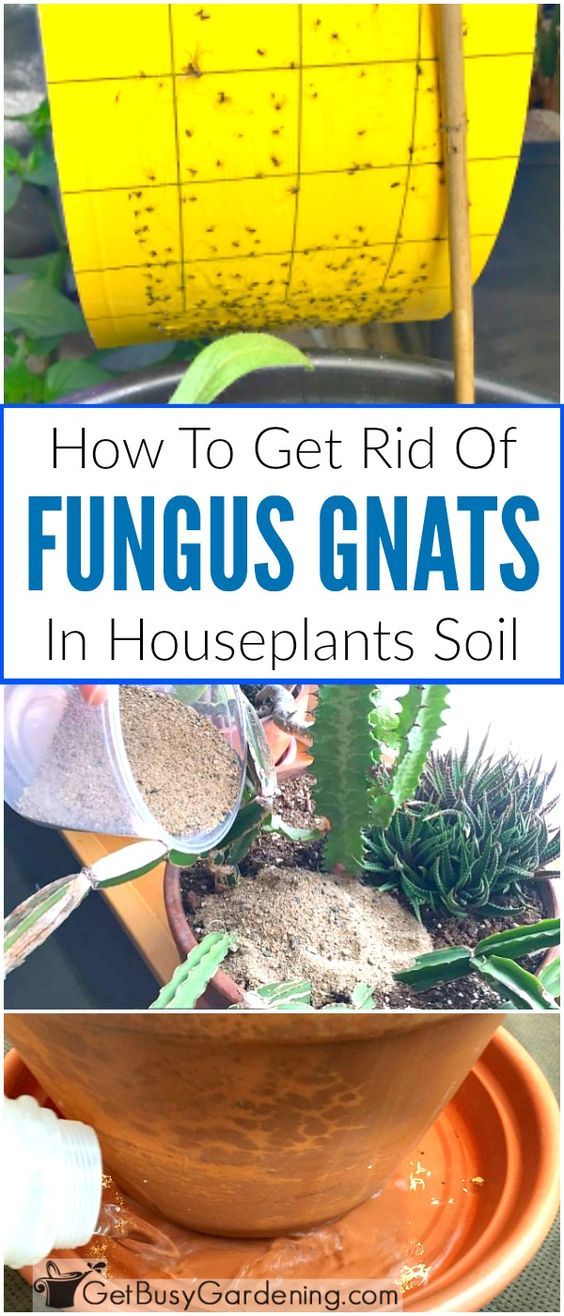If you’re reading this, chances are your tires are in a sorry state. The truth is that if they’re any color that’s not a deep black, your ride is going to look second-rate.
The most common problem is when tires turn from black to gray. Today, however, we’re tackling a different and even uglier issue: tire blooming.
Deep rich jet black tire shine that lasts
SHINE AND PROTECT TIRES IN 5 MINUTES
RESTORE TIRES
★★★★★ "This is the best product on the market for your car I just love how it makes my car shine people take notice I would like to get the tire shine in a gallon that would be awesome" - Robert S.
RESTORE TIRES
The Problem: What Is Tire Blooming?If your tires have developed brown stains or brown residue on their sidewalls, you’ve almost certainly fallen victim to tire blooming. This has the appearance of old mud, but when you go to wipe it off. .. it won’t shift.
And if you thought that gray tires looked cheap, this is far worse!
What Causes Tire Blooming?Okay, before we can deal with the problem, we first need to understand what causes it.
Let’s dispel the central myth: that the cause of tire blooming is tire dressings/products. People have suggested that these products will degrade over time and leave the brown marks behind.
While this makes sense, it isn’t true!
The cause of tire blooming is the tire itself. Tires might seem like they’re just lumps of rubber, but they are highly specialized pieces of equipment. Manufacturers add multiple compounds and chemicals during the production process, and one of those compounds is called antiozonant.
Antiozonant helps to prevent the tire from degrading over time. Rubber will naturally dry out and crack unless it’s protected. Antiozonant doesn’t completely prevent this, but it does slow the process down.
Unfortunately, it also reacts with the outside elements.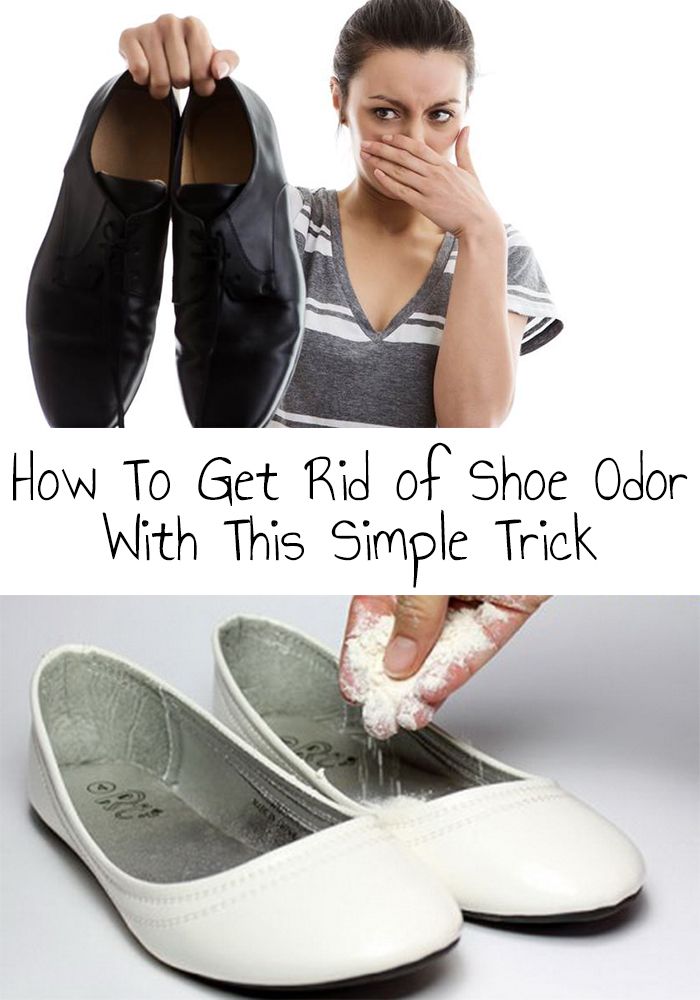 Air and water are the main culprits here, and they work to break down the antiozonant over time. It’s this breakdown that leads to that ugly brown color.
Air and water are the main culprits here, and they work to break down the antiozonant over time. It’s this breakdown that leads to that ugly brown color.
A quality tire dressing helps to stop this process by forming a barrier between the tire/antiozonant and the outside elements. With this barrier in place, the degradation process occurs more slowly, and may even prevent it completely with regular applications. So, a tire dressing has two benefits: not only does it give that rubber a fresh black color, but it also helps to prevent blooming and decay in the future.
How To Clean Brown TiresSo, now you’re ready to give your ride a makeover and get those tires looking their best! By the end of these instructions, you should hopefully have taken care of the problem without having to buy new tires.
This is what you’ll need:
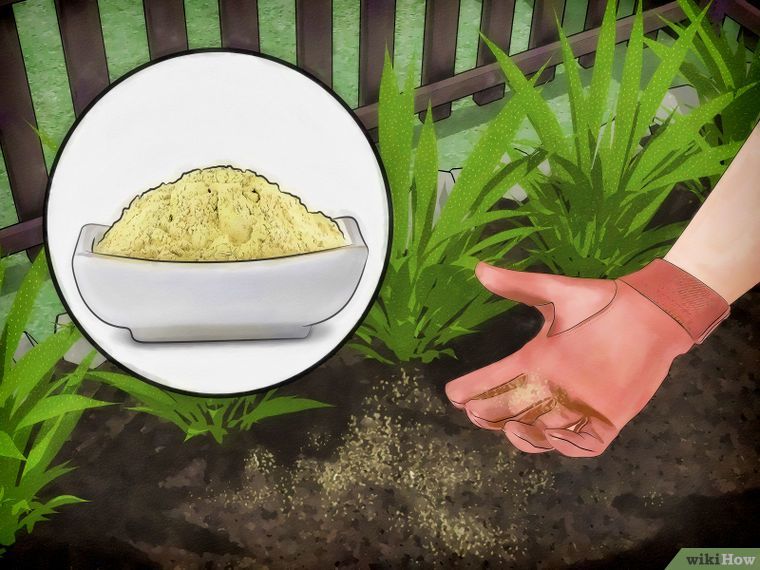 You may also try dish soap as a household solution. Normally, we would never recommend using household dish soap for your car. For paintwork, plastics, and other surfaces, it can be argued that it’s far too aggressive. However, tires are a different story, and dish soap will be safe on them. Nonetheless, if you’re looking for the best possible results, choose your preferred tire-specific cleaning product.
You may also try dish soap as a household solution. Normally, we would never recommend using household dish soap for your car. For paintwork, plastics, and other surfaces, it can be argued that it’s far too aggressive. However, tires are a different story, and dish soap will be safe on them. Nonetheless, if you’re looking for the best possible results, choose your preferred tire-specific cleaning product.  Its formulation protects from both UV and water, and it’s also strengthened with sealant technology. This combination is guaranteed to give you the best protection against tire rot and blooming that money can buy!
Its formulation protects from both UV and water, and it’s also strengthened with sealant technology. This combination is guaranteed to give you the best protection against tire rot and blooming that money can buy! However, Tire Shine isn’t just for protection. It will rejuvenate a tire of any age with a beautiful, rich, satin-black shine. Our 100% money-back guarantee comes with every bottle we make, and we guarantee you’ll love the results!
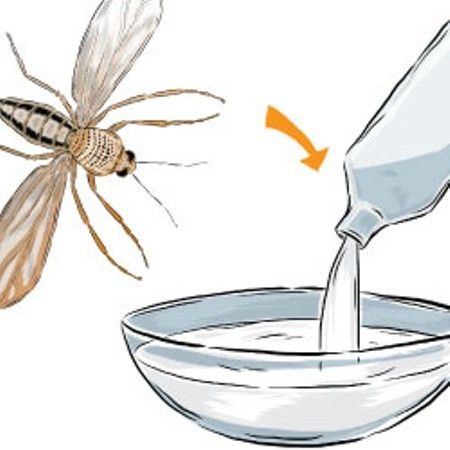 Sloshing that over the wheels for the final rinse will get the job done.
Sloshing that over the wheels for the final rinse will get the job done. Now that you have everything you need, here’s your step-by-step method to getting rid of tire blooming!
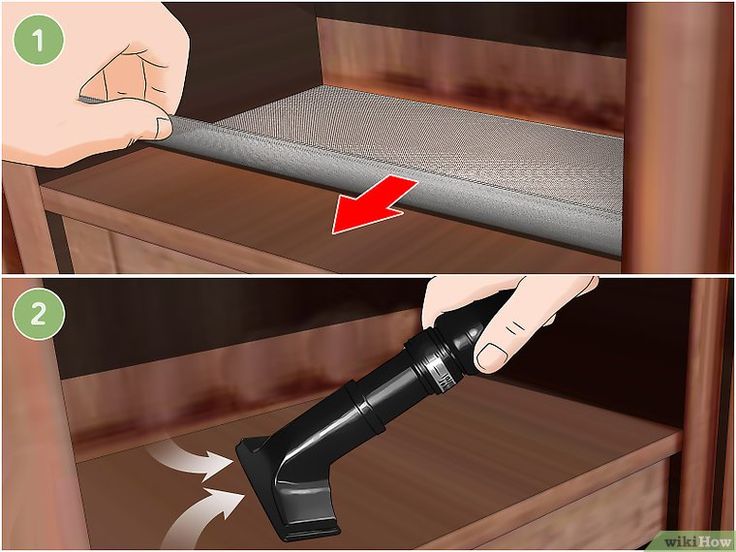 It does increase the work, but it also improves the effects - and it guarantees you won’t suffer the frustration of waiting for everything to dry and then realizing you’ve missed a spot!
It does increase the work, but it also improves the effects - and it guarantees you won’t suffer the frustration of waiting for everything to dry and then realizing you’ve missed a spot! You’re done! Not only will the dirty, cheap-looking bloom be gone from your tires, but now they’ll also have a beautiful premium black shine and be protected from future discoloration!
More Myths Around Tire BloomingWe already know that tire products don’t cause tire blooming, despite what some people say.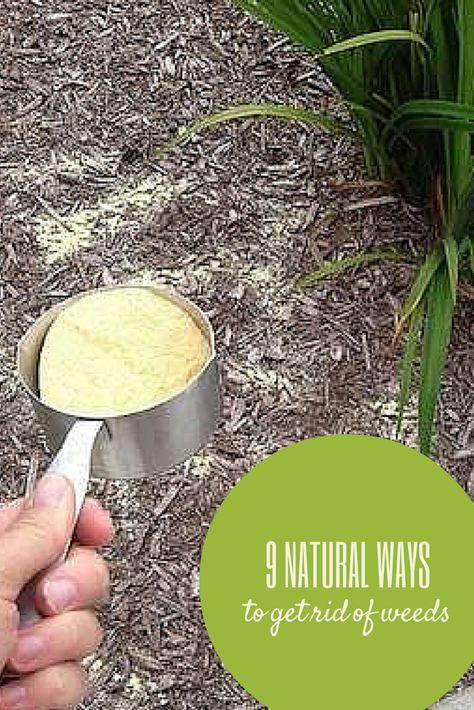 But there are some more myths out there, and it’s helpful to separate fact from fiction.
But there are some more myths out there, and it’s helpful to separate fact from fiction.
Mold is definitely a problem for tires. Any mold or rot will degrade the rubber and drastically reduce its lifespan. It can even make your tires unpredictable and dangerous while driving. However, despite all that, it doesn’t directly cause tire blooming.
As we know, the cause of tire blooming is antiozonants reacting with the outside environment. Mold doesn’t contain antiozonants, although very occasionally, the mold can cause a build-up of antiozonants on the surface, because they will cling to the mold itself. So, mold can contribute to tire blooming, but it’s not the direct cause.
You can use non-stick lubricants (also called mold release) to get rid of mold. This is a quick, easy, and relatively cheap solution that doesn’t require more than a few minutes of work. However, if you’re finding mold on your tires, we have to suggest a more regular cleaning and care routine! Mold isn’t a good sign!
Have you ever used a tire dressing product that gets your tires nice and black but then attracts dirt like a magnet? Chances are you’ve used a silicone-based product.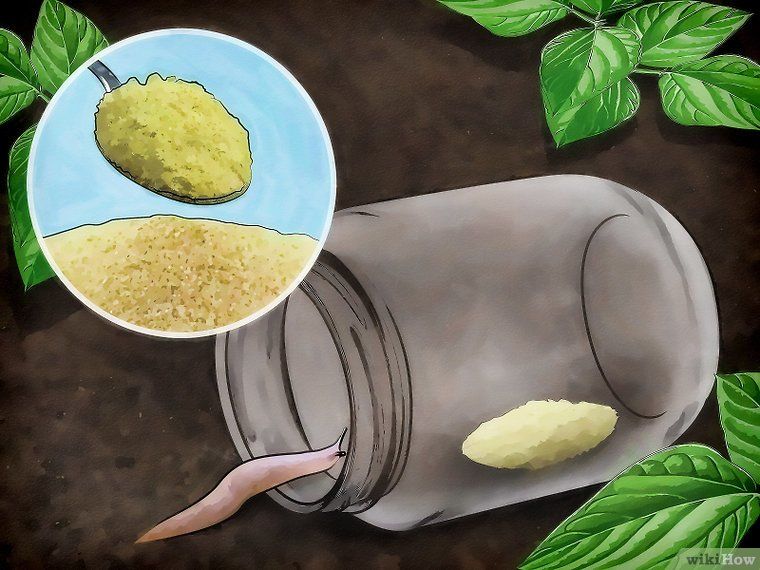 Silicone is well known for attracting dirt and other unwanted substances, and we would never recommend using any tire product that contains it. However, one thing it doesn’t do is cause tire blooming!
Silicone is well known for attracting dirt and other unwanted substances, and we would never recommend using any tire product that contains it. However, one thing it doesn’t do is cause tire blooming!
Deep rich jet black tire shine that lasts
SHINE AND PROTECT TIRES IN 5 MINUTES
RESTORE TIRES
★★★★★ "This is the best product on the market for your car I just love how it makes my car shine people take notice I would like to get the tire shine in a gallon that would be awesome" - Robert S.
RESTORE TIRES
Until you have experienced it yourself, you probably wouldn’t ever think about tire blooming. However, once it’s happened, you’ll certainly know all about it!
Using the cleaning and restoration guide above, we’re sure that you’ll be able to get your tires back to a showroom-ready look in no time!
Of course, the best solution to a problem is to prevent it from ever happening in the first place.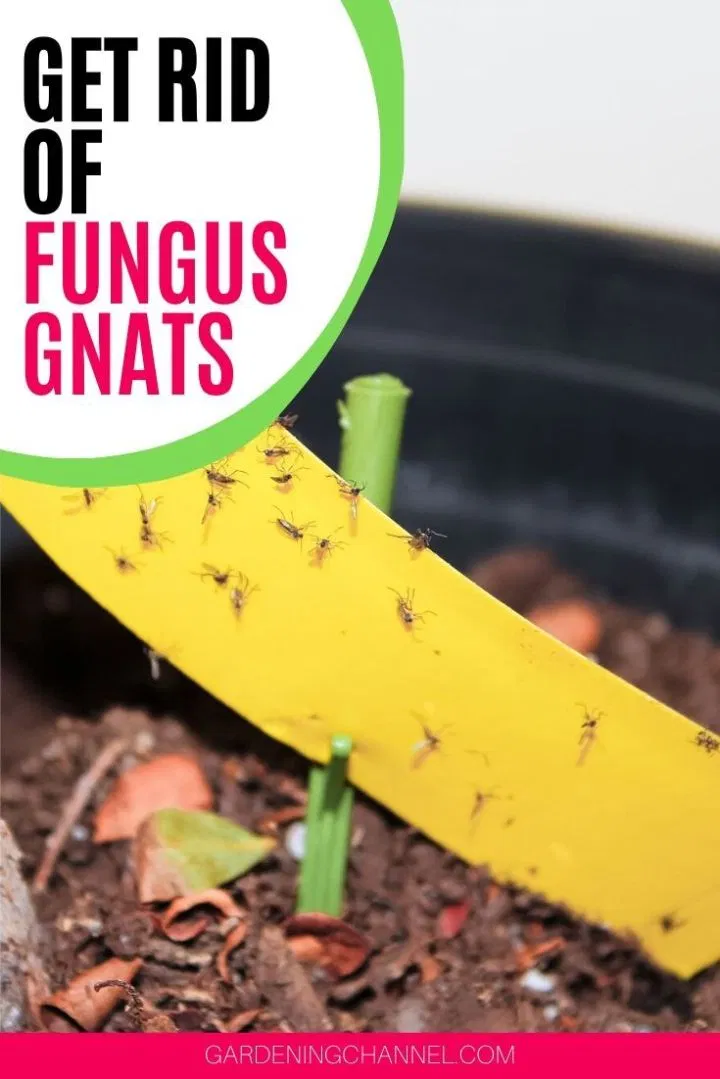 That’s where regular tire care and dressing comes in. With just a little regular attention, you can guarantee that your tires never fall victim to rot or tire blooming!
That’s where regular tire care and dressing comes in. With just a little regular attention, you can guarantee that your tires never fall victim to rot or tire blooming!
Deep black-colored tires are essential for any car to look its best. After all, we all want our ride to look stunning! So, even if Torque Detail Tire Shine doesn’t protect against tire blooming and degradation, it still makes total sense to use it! However, considering the added protection that Tire Shine will give you, this really is a no-brainer. Pick up a bottle today and give your tires the five-star treatment!
Written by Dan Sweeney
COO of Torque Detail & Certified Car Detailer
I help run the day to day for America's Number #1 Car Wax Mirror Shine by Torque Detail. As a Certified Detailer by the International Detailing Association, I use that knowledge to help create products that get professional grade results with super simple application techniques.
Regular cleaning and dressing of your tires will prevent or at the very least minimize the appearance of brown on your tires.
Chances are you've encountered tire blooming and you don't even know it. Blooming is what causes a tire to look brown. That new set of tires that you have to scrub over and over again to get them to look black, or the tires on a car you detail less frequently that are closer to the color of chocolate than they are black. Modern rubber compounds are becoming increasingly complex, far more than most people realize. Tire manufacturers are continually pushing the envelope with chemistry and design to create tires that can keep up with the demands of today's cars and drivers. Higher mileage, more miles per gallon, better all-weather traction, or high speed and cornering as cars get better, faster, more intense the tires they roll on must change to keep up. We expect increased performance from our vehicles and tires are an integral part of that, but rarely do we take the time to understand what exactly has changed about tires other than going from bias ply to radial in the late 1960s.
What does this all have to do with your tires turning brown? Read on.
An antiozonant is probably something you've never heard of. Its an organic compound added to rubber materials that prevent, or at the very least, slows the deterioration caused by exposure to the elements. Antiozonants are used as an additive in almost all of the exterior rubber and plastic parts to one degree or another, but they are most prevalent in tire manufacturing. The antiozonant additive keeps plastics and rubbers from becoming dry, brittle, oxidized or cracking. It does this by preventing the surface of the material from oxidizing and keeps the material pliable.
Thanks to antiozonants in rubber compounds we have high mileage tires, performance tires, and everything in between. Without it sports cars would shred tires incredibly fast after just a few high speed turns or long track runs where the tires were heated up. Even your daily driven commuter car would need tires far more often as the sun and heat slowly rotted away the rubber compounds.
Tire rubber compounds are designed in a way that allows the antiozonant to continually work its way to the outside of the tire and as such, continually keeps the outer surface and sidewall pliable and resistant to oxidation. Once antiozonant reaches the outside of the tire and is exposed to air and moisture it oxidizes, the result being a brownish residue. The term for this ugly brownish tire look is 'tire blooming'. Just like metals left exposed to the outside world will slowly begin to rust (oxidize) as it is exposed to water and air, so does the antiozonant component of the tire rubber. Making matters worse is the use of mold releases in the manufacturing processes. These lubricant type chemicals provide a non-stick surface for the inside of a tire mold. The mold releases chemical bonds with the tire and hold antiozonants onto the surface of the tire. While some people will point to mold release as the primary and/or only source of tire blooming, it is in fact often times only a part of the problem.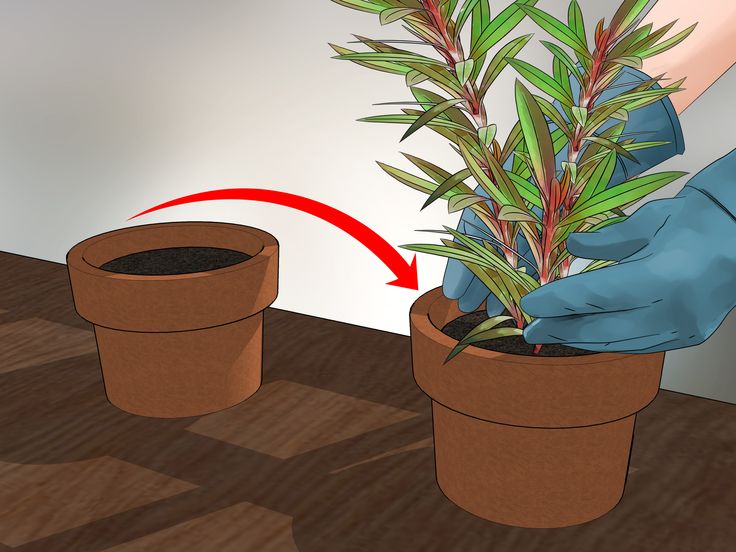 Even after the removal of mold release, a tire will continue to push antiozonant to the surface allowing the brown residue to return.
Even after the removal of mold release, a tire will continue to push antiozonant to the surface allowing the brown residue to return.
Wheel cleaners used to dissolve metallic contamination, like our Wheel Cleaner, can have an accelerating effect on the oxidation of antiozonant. The reaction you see when brake dust is turned to a reddish slurry by Wheel Cleaner or a similar product is, in a very simplified way, oxidation. The chemical reacts with the metallic contamination and begins to dissolve it, allowing it to be easily rinsed away or agitated with a brush.
Tires that have not been cleaned properly before or have been left uncleaned for long periods of time will have substantial amounts of the antiozonant built up on the surface of the tire. When an active wheel cleaner comes into contact with this buildup it will accelerate the browning or blooming. Because of this it's imperative to regularly scrub tires to remove the buildup of antiozonant and 'dead' rubber - think of it almost like exfoliating your skin.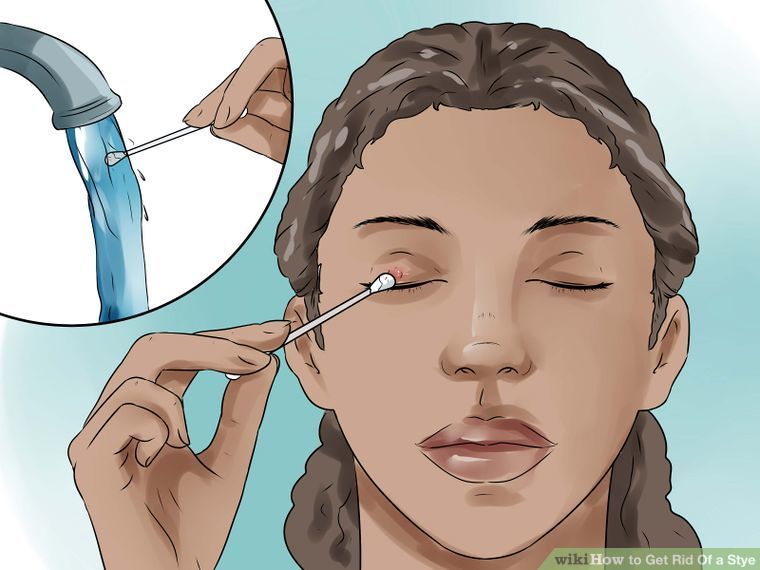 If you routinely use our Wheel Cleaner or similar color changing wheel cleaners for their ability to remove stubborn brake dust then be sure to spend an extra couple of minutes scrubbing your tires as well.
If you routinely use our Wheel Cleaner or similar color changing wheel cleaners for their ability to remove stubborn brake dust then be sure to spend an extra couple of minutes scrubbing your tires as well.
Does this necessarily mean that you should discontinue the use of Wheel Cleaner? No, but it should be used with the understanding that the tire needs deep cleaning after the wheel to remove any residue or prevent tire blooming acceleration as a result of the oxidation process. By spraying your Tire & Rubber Cleaner first during your process, it’s not only allowing the Wheel Cleaner to be diluted, but also allowing the tire to begin getting to clean rather than further browned with the Wheel Cleaner residue! Abrading the tire sidewall to remove this will prevent blooming in the first place - the reason your side walls brown, but your treads don't is that the treads are continually worn away by driving so the surface never is allowed to sit long enough to display blooming.
For years the prevailing thought has been that silicone based tire dressings are the culprit for brown tires. Read any number of forums and the first thing most casual detailers will point to is the choice of tire shine the person with the issue uses. While silicone can be a messy and sticky solution to making your tires shine it isn't always the main culprit of the brown issue.
Read any number of forums and the first thing most casual detailers will point to is the choice of tire shine the person with the issue uses. While silicone can be a messy and sticky solution to making your tires shine it isn't always the main culprit of the brown issue.
Most browning related to silicone will be due to the silicone holding dirt and debris on the tires surface, not the tire itself turning brown. This type of browning is very easy to remove as silicone dressings also remove with scrubbing and a citrus-based degreaser like Tire & Rubber Cleaner.
Adam’s Tire & Rubber Cleaner is the only cleaner that drastically sets your vehicle apart from the rest on the road. Tire & Rubber Cleaner cleans discoloration, oxidation, and ugly mold release agents out of your tire’s sidewall to leave a brilliant, dark, rich surface. Adam’s Tire & Rubber Cleaner strips your tires of any harsh silicone dressings, reduces scuffs, and allows for tire dressings like Tire Shine and VRT to lay evenly, and last significantly longer.
Don't think this means you should immediately start to treat your tires with tons of silicone, there are still a lot of reasons it's not an ideal way to dress your tires, but don't believe the story that your choice of tire dressing is the ONLY source for the brown residue. Silicone and water based dressings can be used and the tire can still exhibit blooming... it's the tires surfaces and/or lack of heavy cleaning more than it is anything you've treated it with.
Removing the blooming is really a simple process - the use of a good degreasing agent, like Adam’s Tire & Rubber Cleaner, and a stiff bristle Tire brush should be more than enough to remove even the worst blooming within a few treatments. Be sure to rinse the tires extremely well with clean after each cleaning to remove any chemical buildup.
Once the brown residues are removed regular cleanings with Tire & Rubber Cleaner shouldn't need to be as aggressive, but if you notice the blooming returning just scrub well.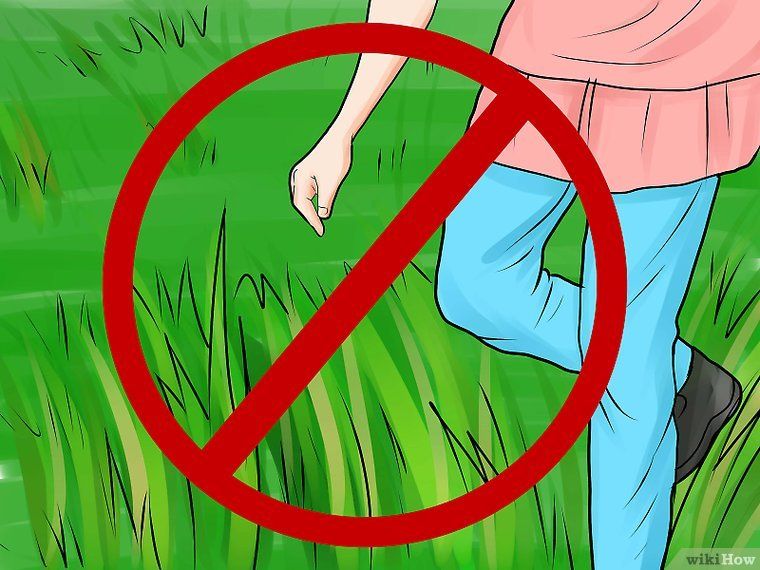 Adam’s Tire & Rubber Cleaner is a citrus based degreasing solution that combines the power of an industrial strength degreaser with a user friendly citrus based cleaner. Adam’s Tire & Rubber Cleaner contains a unique blend of citrus solvents and surfactants to create a high sudsing formula and removes silicones, greases, wax build up, polymers, and any previously applied dressings to leave your tires looking like new. Adam’s Tire & Rubber Cleaner is an essential part of the first step in basic wash practices when cleaning your wheels and tires first before the remainder of the vehicle comes in contact with water. Adam’s Tire & Rubber Cleaner has set the standard for rubber, tire, and plastic trim cleaning products without using harsh ingredients that are harmful to you or the environment.
Adam’s Tire & Rubber Cleaner is a citrus based degreasing solution that combines the power of an industrial strength degreaser with a user friendly citrus based cleaner. Adam’s Tire & Rubber Cleaner contains a unique blend of citrus solvents and surfactants to create a high sudsing formula and removes silicones, greases, wax build up, polymers, and any previously applied dressings to leave your tires looking like new. Adam’s Tire & Rubber Cleaner is an essential part of the first step in basic wash practices when cleaning your wheels and tires first before the remainder of the vehicle comes in contact with water. Adam’s Tire & Rubber Cleaner has set the standard for rubber, tire, and plastic trim cleaning products without using harsh ingredients that are harmful to you or the environment.
The application of a quality water based dressing like VRT or a dressing low in silicone content like Adam's Tire Shine will help slow the reappearance of blooming by providing a barrier between the tire surface and the environment.
Because antiozonants continue to work their way towards the outside of the tire even a car which sees very little use or doesn't have very dirty tires may experience tire blooming when eventually exposed to oxidizers due to lack of cleaning. As such it is recommended that even relatively clean tires be treated to a semi-regular scrubbing to remove the antiozonants from the outer layer of the tire sidewalls.
Each tire will have a different amount of blooming it is prone to. Some tires may bloom very slowly, while others will bloom almost before your very eyes. The amount of antiozonant and the way the tire is designed to push it to the surface will determine how fast or slow it happens. Regardless, one thing remains true - regular cleaning and dressing of your tires will prevent or at the very least minimize the appearance of brown on your tires.
Don't forget to break in
After installing a new studded tire, the latter must be run in, as you do with the car itself.
Do this at a speed of 70-75 km/h, avoiding sudden starts and emergency braking during the first 500 kilometers. As a result, the wear of the upper layer of rubber will be uniform and the so-called "lapping" effect will occur - the points of the studs are blunted in the right places, which will reduce rolling resistance, vibration, and, as a result, driving noise.
Watch the pressure
Studs are understandably the main cause of the so-called parasitic noises, which, what can I say, are quite annoying when driving on asphalt. However, spikes, which are mostly made of metal, are not the only reason for the increased noise of tires.
Rubber itself also creates sound discomfort, and the noise will be the greater, the more the tires are under-inflated or over-inflated relative to the agreed norm. Relatively speaking, with insufficient tire pressure and, accordingly, an increase in the contact patch, the noise from the rubber will increase.
It is calculated that a decrease in pressure of 0. 5 bar increases the noise by approximately 1 dB. When the tires are inflated, the clatter of the studs will come to the fore. Thus the solution is obvious. If you want less noise from the spikes, inflate the wheels strictly according to the regulations.
5 bar increases the noise by approximately 1 dB. When the tires are inflated, the clatter of the studs will come to the fore. Thus the solution is obvious. If you want less noise from the spikes, inflate the wheels strictly according to the regulations.
Choose the right model
Spike studded - different. The developers of high-tech tires pay maximum attention to sound comfort and offer patented noise reduction solutions. For example, the inner layer of rubber holding the spikes is made as rigid as possible, and the surface, in contact with the road, on the contrary, is soft.
The tread pattern also plays an important role. It is known that models with an asymmetric non-directional tread, as well as narrower tires, are less noisy. The number of spikes is also important. The more of them, the higher the chance that you will hear a characteristic clatter and feel the vibration. The optimal indicator is up to 100 spikes per wheel.
In any case, if you care about driving comfort, before buying a stud, carefully study the ratings of specialized automotive publications and forums where real tire owners rate them, including noise. Also remember that the European tire labeling requires an indication of the noise level of tires.
Also remember that the European tire labeling requires an indication of the noise level of tires.
Insulate the noise
Emphasis should be placed on insulating the wheel arches, the main source of noise from under the wheels. Alternatively, you can stick a layer of vibroplast on the wheel arch cavities and / or cover their surface with liquid noise insulation.
The latter is also good because, in addition to sound protection, it will protect cavities from water, dirt, small abrasive particles and chemicals that are sprinkled on roads in winter.
Liquid soundproofing is sold as mastic in cans or cans. The pre-treated surface must be cleaned of dirt and rust. For maximum effect, it also makes sense to make internal soundproofing of the arches - to paste over the area above the wheel arches already from the passenger compartment. To do this, you will have to dismantle the skin, clean and degrease the metal, then apply vibroplast and re-mount the internal elements of the interior skin.
Re-balance
Unbalanced or improperly balanced tires are another reason the spikes make more noise than they should. Accordingly, by making a visit to the tire shop, you will certainly reduce the noise level from vibrations.
And sometimes increased noise is directly related to the wrong installation angle or lack of alignment - and then you are already on your way to the service center for wheel alignment. Finally, sonic discomfort exacerbates uneven tire wear. And by the way, if one of the wheels wears out more than the others, this indicates problems in the condition or settings of the chassis.
Choose the right speed
As a general rule, the spike gets louder as the speed increases. However, it often happens that such tires produce maximum noise only in a certain speed range.
For example, when driving at 70 km/h, the noise can be significantly greater than at 60 km/h. Or, for example, the spike stops making noise at 110 km / h, annoying with a clatter and rumble at 100 km / h.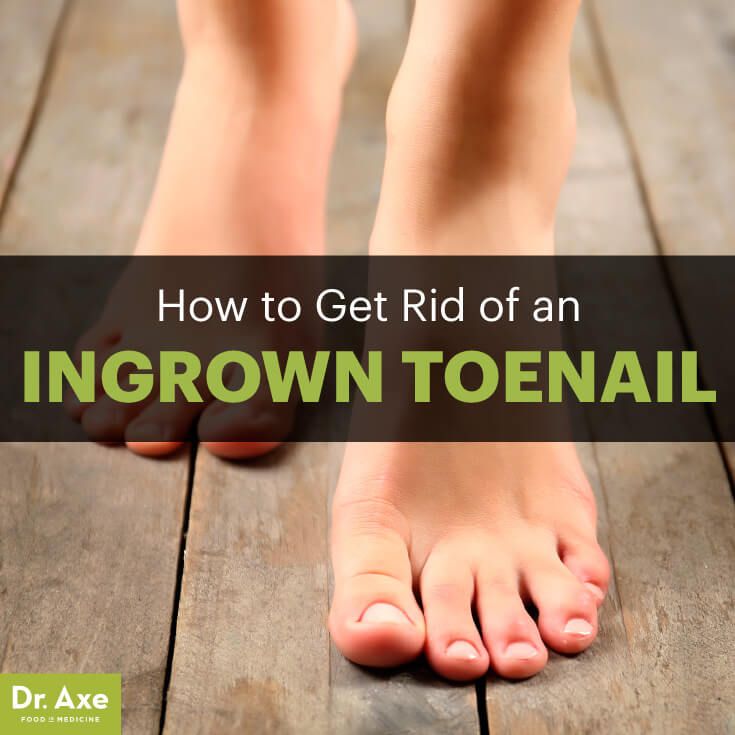 In a word, it all depends on the specific model and the degree of rubber wear. Thus, the guarantee of your comfort is also the maintenance of a comfortable speed of movement.
In a word, it all depends on the specific model and the degree of rubber wear. Thus, the guarantee of your comfort is also the maintenance of a comfortable speed of movement.
Do not use repair spikes
Various companies today offer a restading service - replacement of inoperative spikes, or the installation of repair spikes to replace those that have fallen out. The process of re-studding, by the way, is simple.
It is necessary to clean the channels, lubricate the cavities with soapy water and press in the repair spikes. An alternative technology is also used - studding with a standard rather than a repair spike into new holes. However, remember that in all cases, tires with repair studs will inevitably be noisy.
"To create comfort and beauty - all means are good" - many gardeners boldly use this rule, transforming their possessions, while using the simplest and most budgetary funds. One of the most popular materials is car tires, which have served the vehicle faithfully and now will become the ideal material for implementing many different ideas.
There are many strengths of this material, which unconditionally put tires and tires in the lead due to its significant advantages. If you use tires in the country, then they will be constantly in the scorching sun in any weather, and only the strongest can withstand this test, which includes tires. Their "strength" is in the following facts.
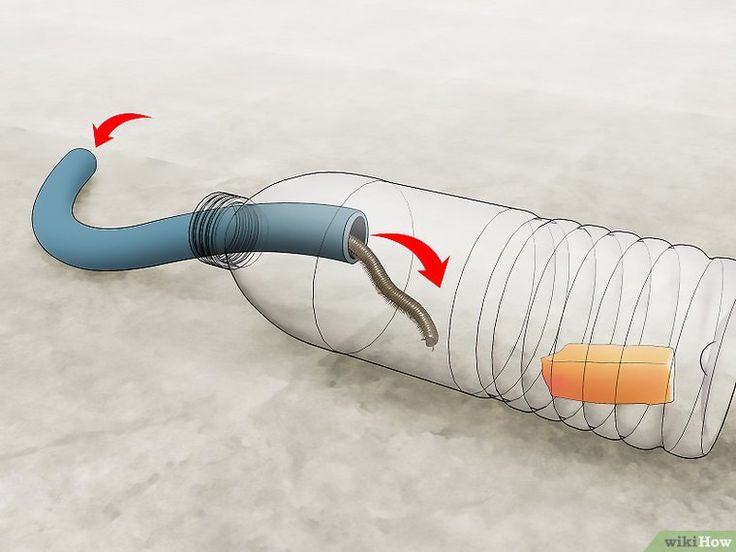
Many admire the variety of crafts in the neighboring areas, the evenness of the lines and the complexity of the cuts in each craft. But as soon as they begin to design something with their own hands, they will definitely fail, since the cut does not turn out to be even, the tools fail, spoiling not only the mood, but also the final result. Remember, if you need to cut through the rubber part of the tire, this can only be done with a very sharp knife or hacksaw. In addition to choosing the right tools, you should use the trick - for better glide and comfortable work, lubricate the blade of the tool with oil or soap. Tire areas where reinforcing or metal elements are present inside should be worked with wire cutters.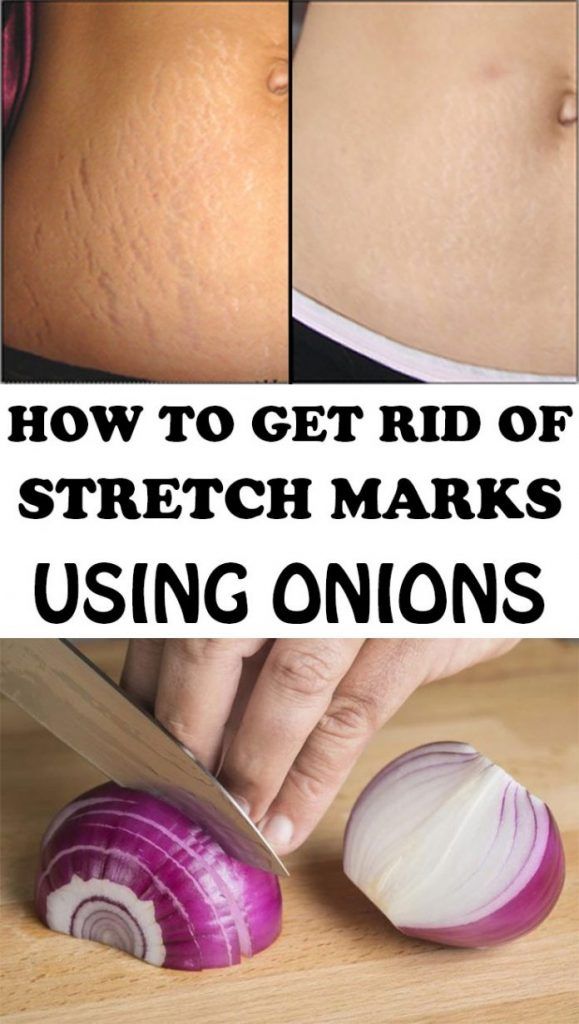 You should not immediately use a stronger tool - a grinder, since such a tool requires experience and skill, and in the hands of a beginner, most likely, a fiasco is possible.
You should not immediately use a stronger tool - a grinder, since such a tool requires experience and skill, and in the hands of a beginner, most likely, a fiasco is possible.
Experts unanimously agree that using tires and tires on the Lot is a wise decision, especially since it is an excellent material that will suit both practical and decorative uses. So, everything that is created from tires is considered practice, which helped or improved the state of affairs by replacing expensive elements or components with a tire. Decorating is giving an original shape or color to a particular area, which not only has the purpose of practical application, but is also an element of decor or landscape design. Each of the groups, as well as the popular options presented, should be written separately.
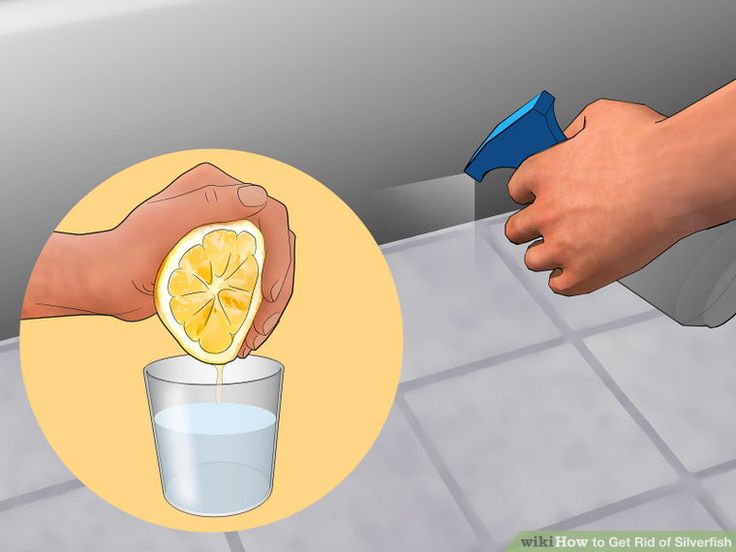 This option is possible because there is a hollow space inside the tire. If the pipe is completely wrapped in tires, then you can be sure of good insulation and heat preservation, because even severe frosts are not countries.
This option is possible because there is a hollow space inside the tire. If the pipe is completely wrapped in tires, then you can be sure of good insulation and heat preservation, because even severe frosts are not countries. 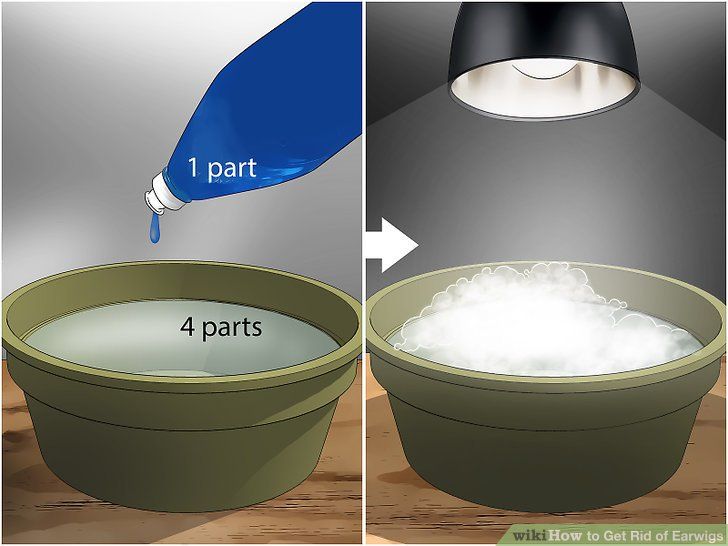 In order for the water stack to occur without problems, the pipe should be tilted per 1 meter 10 cm.
In order for the water stack to occur without problems, the pipe should be tilted per 1 meter 10 cm.  It is very practical, economical and original. Tires should be immersed tightly to each other, leaving no gaps, creating the effect of a holistic structure in the form of a ladder. Inside, the tire cannot be left hollow, fill it with soil, leaving up to 5 cm on top, so that there is where to fill the gravel. After the rainfall, the soil and gravel will compact the contents of the tire and create a really good ladder. If you do not like the natural color of the tires, you can safely paint them in any shade you like.
It is very practical, economical and original. Tires should be immersed tightly to each other, leaving no gaps, creating the effect of a holistic structure in the form of a ladder. Inside, the tire cannot be left hollow, fill it with soil, leaving up to 5 cm on top, so that there is where to fill the gravel. After the rainfall, the soil and gravel will compact the contents of the tire and create a really good ladder. If you do not like the natural color of the tires, you can safely paint them in any shade you like.  Everyone understands that having a cellar for a gardener is a necessary asset. Unfortunately, not everyone can boast of having a cellar on the site. One of the easiest options for creating a cellar is to use large tires, for example, from a tractor. For such a structure, a deep tunnel should be dug, up to 3 meters down. Place the huge tires tightly pressed against each other. The cellar is ready. On the one hand, hollow tires are used as shelves for cans or storage of vegetables, but the opposite part of the tire serves as a ladder. Believe me, this is a very convenient structure, all the more reliable, since the possibility of falling asleep in the cellar is excluded thanks to the strong frame of huge tires.
Everyone understands that having a cellar for a gardener is a necessary asset. Unfortunately, not everyone can boast of having a cellar on the site. One of the easiest options for creating a cellar is to use large tires, for example, from a tractor. For such a structure, a deep tunnel should be dug, up to 3 meters down. Place the huge tires tightly pressed against each other. The cellar is ready. On the one hand, hollow tires are used as shelves for cans or storage of vegetables, but the opposite part of the tire serves as a ladder. Believe me, this is a very convenient structure, all the more reliable, since the possibility of falling asleep in the cellar is excluded thanks to the strong frame of huge tires. 
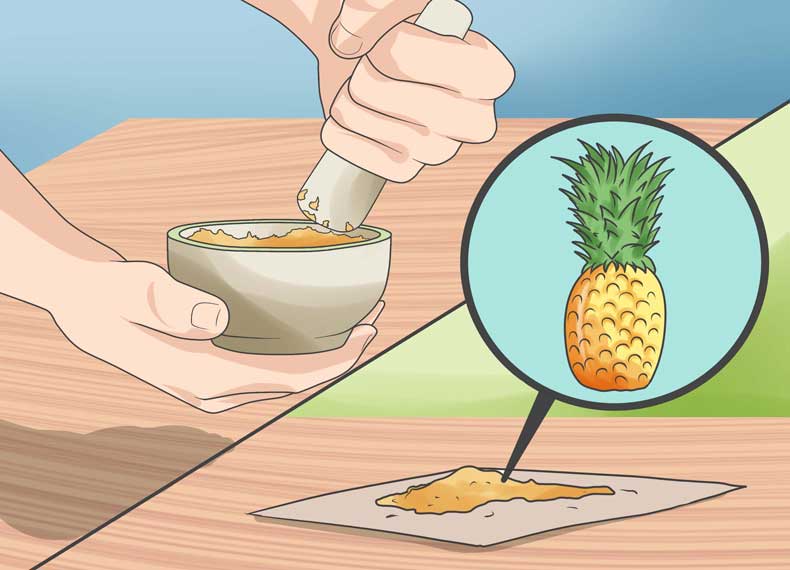 You can also equip a full-fledged sink from a tire. It is very convenient and economical.
You can also equip a full-fledged sink from a tire. It is very convenient and economical. The use of tires as a decor is an equally important area that is so popular these days that many craftsmen try to come up with something new to surprise not only guests and neighbors, but and network.
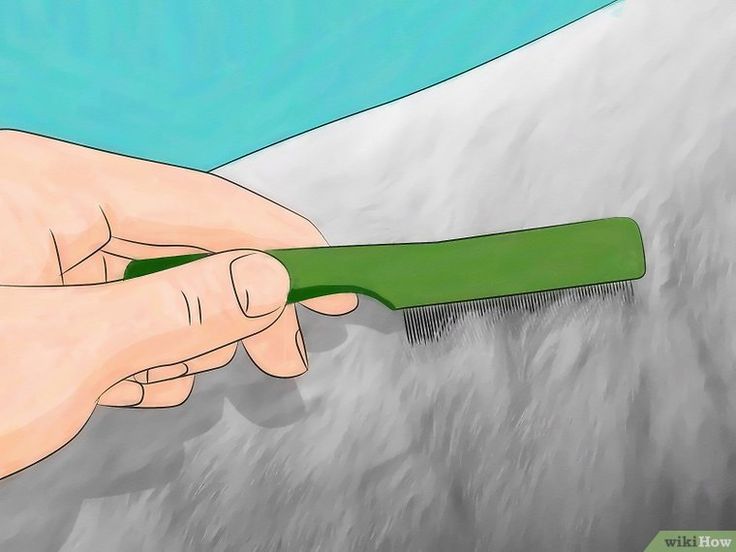 Of course, swans are unlikely to surprise anyone. But what about a flamingo or a tire crocodile? The sun, cockerels, parrots, zebras, horses, snakes, caterpillars, giraffes, fish and bears.
Of course, swans are unlikely to surprise anyone. But what about a flamingo or a tire crocodile? The sun, cockerels, parrots, zebras, horses, snakes, caterpillars, giraffes, fish and bears. 